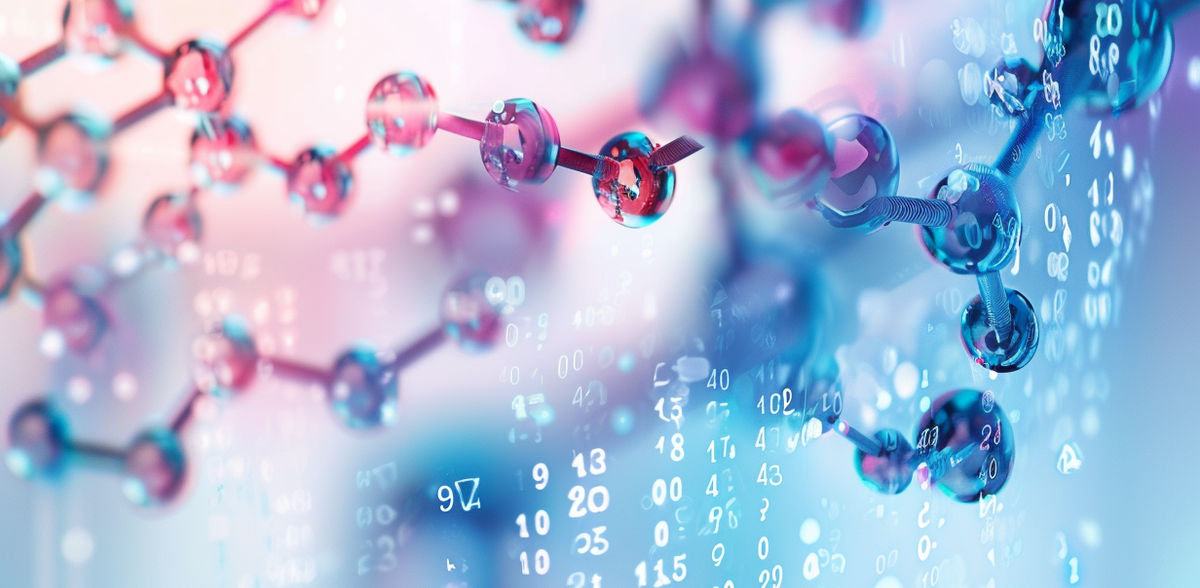Researchers develop new machine learning method for modeling of chemical reactions
Advertisement
Researchers from Carnegie Mellon University and Los Alamos National Laboratory have used machine learning to create a model that can simulate reactive processes in a diverse set of organic materials and conditions.
"It's a tool that can be used to investigate more reactions in this field," said Shuhao Zhang, a graduate student in Carnegie Mellon University's Department of Chemistry. "We can offer a full simulation of the reaction mechanisms."
Zhang is the first author on the paper that explains the creation and results of this new machine learning model, "Exploring the Frontiers of Chemistry with a General Reactive Machine Learning Potential," which will be published in Nature Chemistry on March 7.
Though researchers have simulated reactions before, previous methods had multiple problems. Reactive force field models are relatively common, but they usually require training for specific reaction types. Traditional models which use quantum mechanics, where chemical reactions are simulated based on underlying physics, can be applied to any materials and molecules, but these models require supercomputers to be used.
This new general machine learning interatomic potential (ANI-1xnr), can perform simulations for arbitrary materials containing the elements carbon, hydrogen, nitrogen and oxygen and requires significantly less computing power and time than traditional quantum mechanics models. According to Olexandr Isayev, associate professor of chemistry at Carnegie Mellon and head of the lab where the model was developed, this breakthrough is due to developments in machine learning.
"Machine learning is emerging as a powerful approach to construct various forms of transferable atomistic potentials utilizing regression algorithms. The overall goal of this project is to develop a machine learning method capable of predicting reaction energetics and rates for chemical processes with high accuracy, but with a very low computational cost," Isayev said. "We have shown that those machine learning models can be trained at high levels of quantum mechanics theory and can successfully predict energies and forces with quantum mechanics accuracy and an increase in speed of as much as 6-7 orders of magnitude. This is a new paradigm in reactive simulations."
Researchers tested ANI-1xnr on different chemical problems, including comparing biofuel additives and tracking methane combustion. They even recreated the Miller experiment, a famous chemical experiment meant to demonstrate how life originated on Earth. Using this experiment, they found that the ANI-1xnr model produced accurate results in condensed phase systems.
Zhang said that the model could potentially be used for other areas in chemistry with further training.
"We found out it can be potentially used to simulate biochemical processes like enzymatic reactions," Zhang said. "We didn't design it to be used in such a way, but after modification it may be used for that purpose.
In the future, the team plans to refine ANI-1xnr and allow it to work with more elements and in more chemical areas, and they will try to increase the scale of the reactions it can process. This could allow it to be used in multiple fields where designing new chemical reactions could be relevant, such as drug discovery.
Original publication
Shuhao Zhang, Małgorzata Z. Makoś, Ryan B. Jadrich, Elfi Kraka, Kipton Barros, Benjamin T. Nebgen, Sergei Tretiak, Olexandr Isayev, Nicholas Lubbers, Richard A. Messerly, Justin S. Smith; "Exploring the frontiers of condensed-phase chemistry with a general reactive machine learning potential"; Nature Chemistry, 2024-3-7


































































